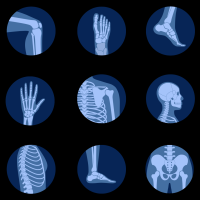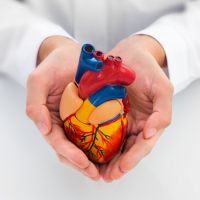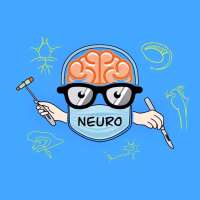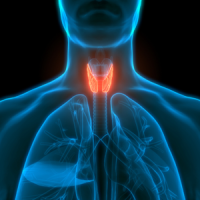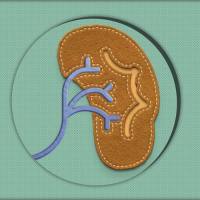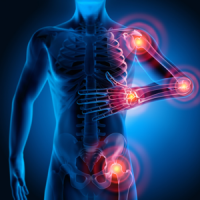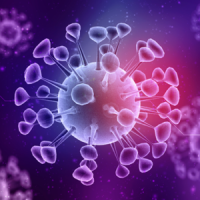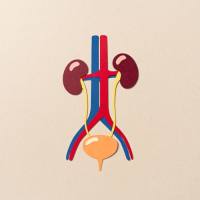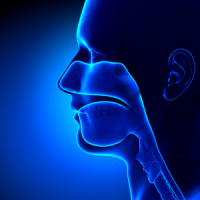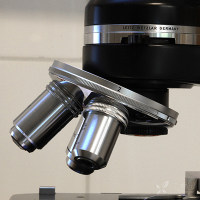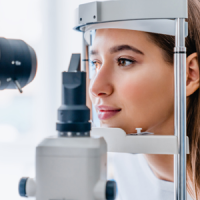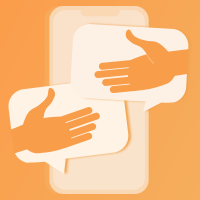FLASH+文章(附图)
[iframe] http://www.jirehdesign.com/Flash/Movies/Vision/vision.swf [/iframe]
A guide to the many parts of the human eye and how they function.
Vision is one of our most precious senses. Sight begins when light enters the eye through the cornea, the clear, front window of the eye. From there, the light passes through a small aperture in the colored iris, called the pupil. Light rays then pass through the clear lens, and proceed through a transparent, jelly-like substance inside the eye, called vitreous. The light rays finally land on the retina, the part of the eye similar to film in a camera. The retina converts the rays into electrical impulses that travel along the optic nerve to the brain, where they are interpreted as an image.

The human eye is composed of many parts that work together. They receive visual images, focus them properly, and send messages to the brain.

The cornea is clear like a window. The cornea helps the eye to focus. "To focus" means to make things look sharp and clear.
Next, the light rays go through an opening called the pupil. The pupil is the dark round circle in the middle of the colored part of your eye. The colored part is called the iris. The pupil is really a hole in the iris. The iris controls how much light goes into your eye.
When the light is bright, the iris closes the pupil until the right amount of light gets in. When the light is dim, the iris opens the pupil to let in more light. All of this happens automatically. You do not have to tell your eye to do it!
Your eye has a lens to focus the rays of light. The lens of the eye is behind the iris. Light passes through the lens on its way to the back of the eye.
The back of the eye is very important. Lining the inside of the eye is the retina. The retina includes 130 million tiny light-sensitive cells that send messages to other cells. These cells come together at the back of the eye to form the optic nerve. The optic nerve is part of the brain.
Fortunately for you, your brain decides how you see. The retina sees the world upside down, but the brain turns it right side up.

When you look at an object, each eye sees a slightly different picture. The brain combines the images, or pictures, that each eye sees and makes them into one picture.






